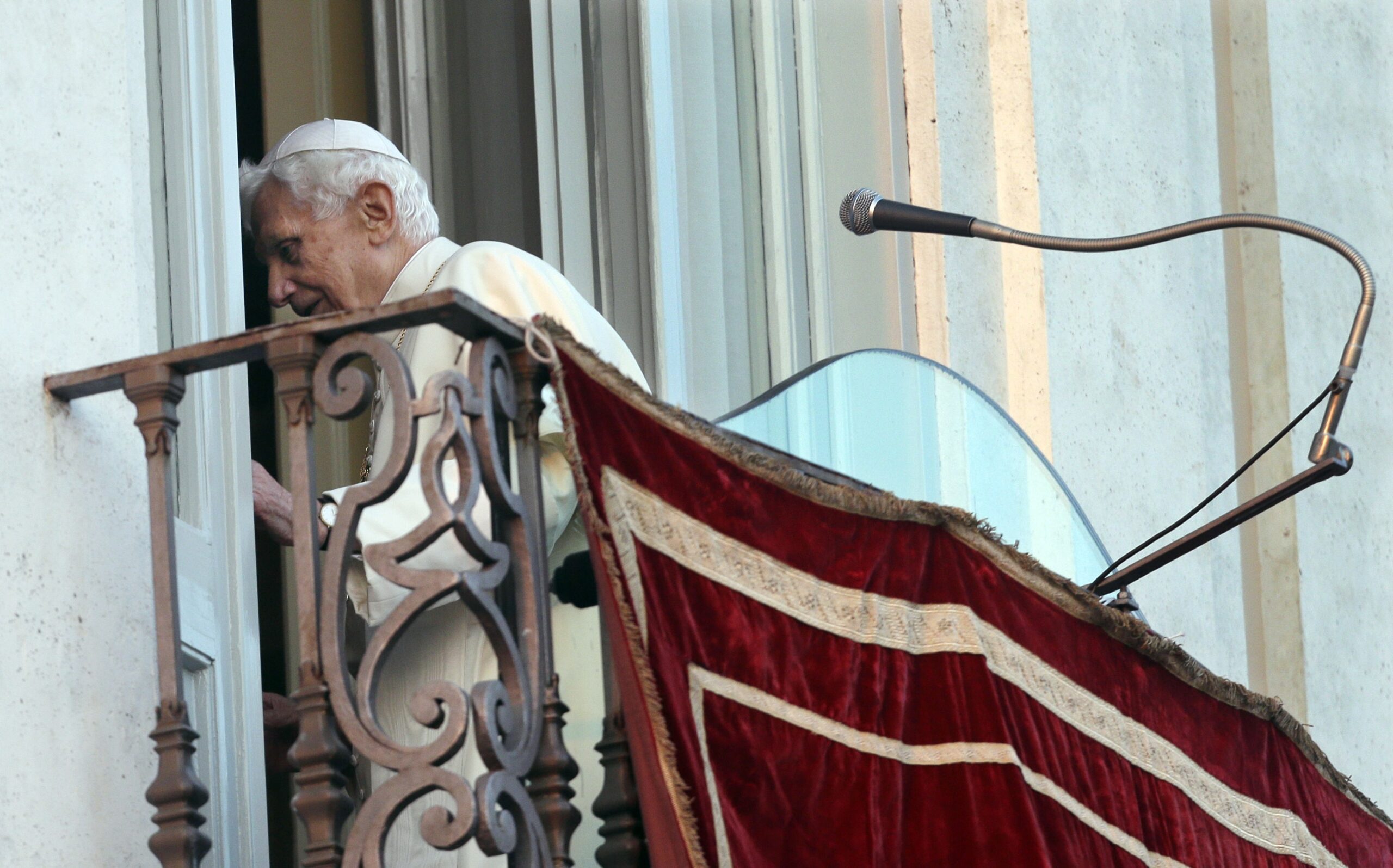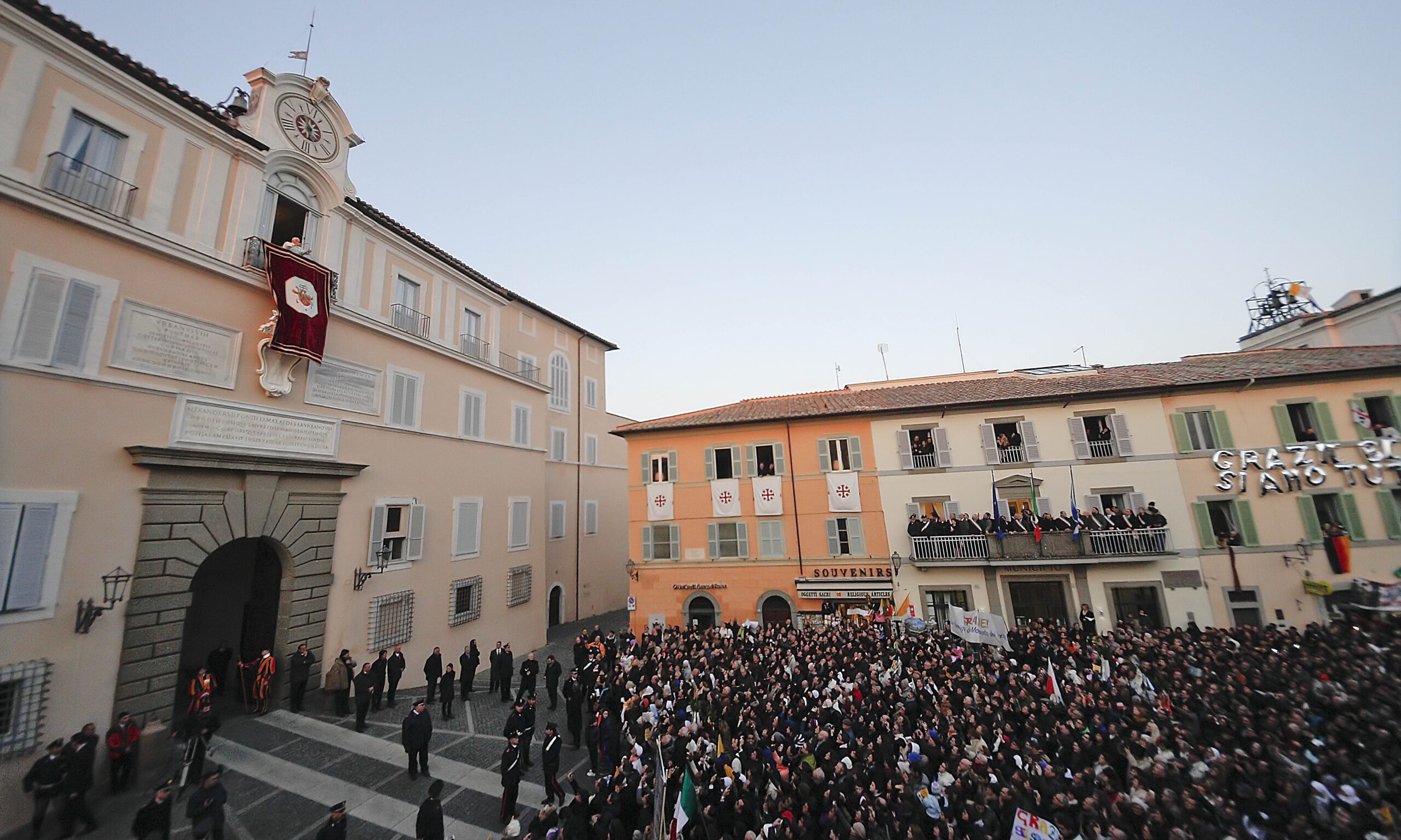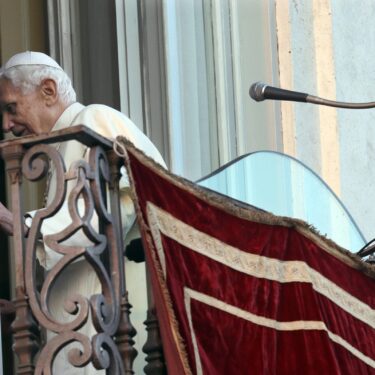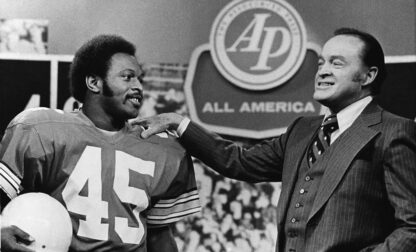The AP Standards Center today issued the following advisory to editors at our member news organizations:


To help with coverage of the selection of a new pope to succeed Pope Emeritus Benedict XVI, The Associated Press has compiled a style guide of essential words, phrases and definitions. Some are based on entries in the AP Stylebook: http://www.apstylebook.com/. Others were suggested by AP’s religion writers in Rome and New York and based on decades of AP coverage of the Roman Catholic Church and papal successions.
conclave
The secret meeting of the College of Cardinals in the Sistine Chapel of St. Peter’s Basilica to hold a papal election. The term comes from the Latin “with a key,” referring to the custom of locking away the cardinals while they cast ballots. Cardinals are not allowed to communicate with the outside world for the duration of the conclave. Cardinals over 80 are barred from voting in a conclave to elect a new pope.
sede vacante
Latin phrase for empty seat. It describes the period of time when the church has no pope, either because of death or abdication, and the election of the next pontiff.
interregnum
The period between the death of a pope, or end of his pontificate, and the election of his successor. The College of Cardinals has authority over the church during this time.
camerlengo
The camerlengo, or chamberlain, is in charge of administration and finances of the Holy See in the interregnum, the period between the death of a pope and the election of his successor. Cardinal Tarcisio Bertone, 78, was named camerlengo in 2007. He is currently the Vatican No. 2 as secretary of state and runs the Vatican bureaucracy.
College of Cardinals
Chosen by the pope, the members of the college serve as his principal counselors. Only cardinals can participate in the election for a pope. The college elects a dean who calls and presides over meetings.
“Habemus Papam!”
The Latin phrase (“We have a pope!”) shouted by Cardinal Jean-Louis Tauran, the proto-deacon, from the balcony overlooking St. Peter’s Square after the white smoke from the Sistine Chapel chimney signifies a decision. He then introduces the new pope – in Latin – along with the name the pope has chosen.
curia
The papal bureaucracy consisting of congregations, which have decision-making authority: councils, which have no authority but promote key issues such as church communications: and tribunals, or church courts.
pontiff
Though a synonym for pope, it is not a formal title and always spelled lowercase.
pope
Capitalize pope when used as a title before a name: Pope Benedict XVI, Pope Paul. Lowercase pope in all other uses. The pope is the bishop of Rome; the office was held by the Apostle Peter at his death.
Pope Emeritus Benedict XVI
Also, “Benedict XVI, the pope emeritus,” or “former Pope Benedict XVI” or “Benedict XVI, the former pope.” On second reference, Benedict without the numerals. On Feb. 28, 2013, Benedict became the first leader of the Roman Catholic Church to resign in 600 years. (The church uses resignation instead of abdication.)
papal infallibility
A pope invokes apostolic authority derived from the apostles of Jesus Christ to define doctrine or morals for the entire church. Only the sitting pope has this authority.
Holy Father
The preferred form is the pope or pontiff. Use Holy Father in direct quotations or in special contexts where a literary effect is desired.
Holy See
The term used to describe the Vatican as sovereign state. It is the headquarters of the Roman Catholic Church, in Vatican City.
Vatican City
Stands alone in datelines.
Castel Gandolfo
Town south of Rome where the papal retreat is located. Benedict XVI will reside there for two months, then return to the Vatican to live in a monastery.
Roman Catholic Church
The church teaches that its bishops have been established as the successors of the apostles through generations of ceremonies in which authority was passed down by a laying-on of hands. The church counts more than 1.2 billion members worldwide. Use Catholics and Catholicism for those who believe that the pope, as bishop of Rome, has the ultimate authority in administering an earthly organization founded by Jesus Christ.
bishops
The responsibility for teaching the faithful and administering the church rests with the bishops. The pope has final authority over their actions.
Mass
It is celebrated, not said. Always capitalize when referring to the ceremony, but lowercase any preceding adjectives: high Mass, low Mass, requiem Mass.
religious titles
The clergy below pope are, in descending order, cardinal, archbishop, bishop, monsignor, priest and deacon. Capitalize the title before a name. Do not routinely use father or pastor before a name, but capitalize this description before a name in a quote. For priests, use the Rev. on first reference before the name.
nuns
Capitalize Sister, or Mother if applicable, before a name: Sister Agnes Rita in all references if the nun uses only a religious name; Sister Mary Ann Walsh on first reference if she uses a surname. Walsh on subsequent references.
Contact
Paul Colford
Director of Media Relations
The Associated Press
212-621-1895
[email protected]
Erin Madigan White
Media Relations Manager
The Associated Press
212-621-7005
[email protected]




